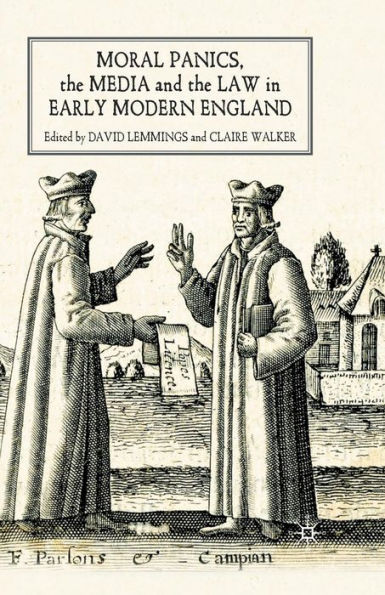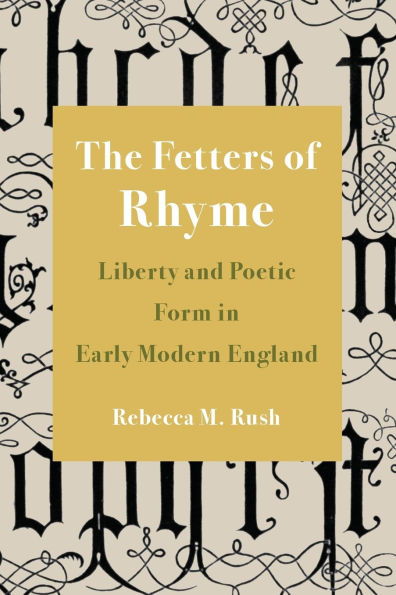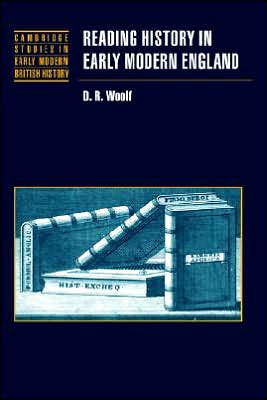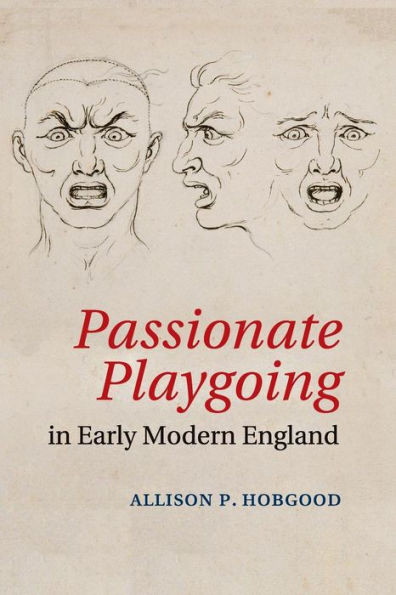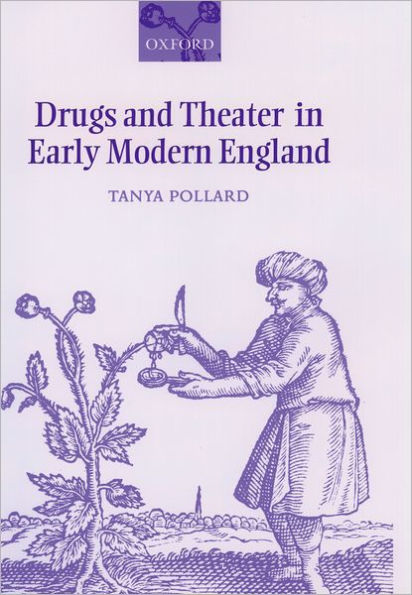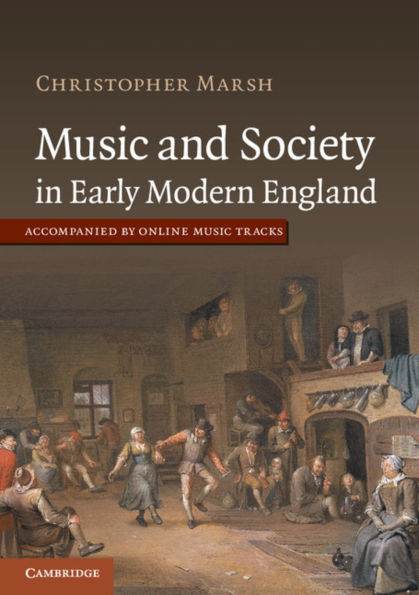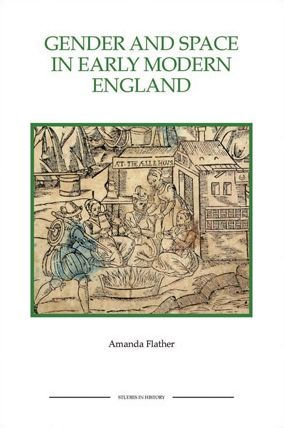Home
the Poem and Garden Early Modern England: Rival Media Process of Poetic Invention
Barnes and Noble
the Poem and Garden Early Modern England: Rival Media Process of Poetic Invention
Current price: $160.00
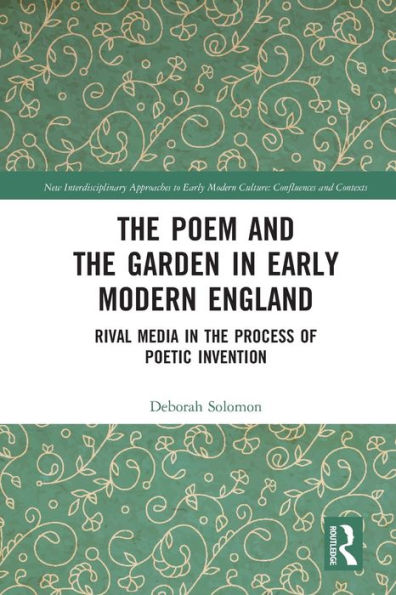

Barnes and Noble
the Poem and Garden Early Modern England: Rival Media Process of Poetic Invention
Current price: $160.00
Size: Hardcover
Loading Inventory...
*Product information may vary - to confirm product availability, pricing, shipping and return information please contact Barnes and Noble
This book draws attention to the pervasive artistic rivalry between Elizabethan poetry and gardens in order to illustrate the benefits of a trans-media approach to the literary culture of the period.
In its blending of textual studies with discussions of specific historical patches of earth,
The Poem and the Garden
demonstrates how the fashions that drove poetic invention were as likely to be influenced by a popular print convention or a particular garden experience as they were by the formal genres of the classical poets. By moving beyond a strictly verbal approach in its analysis of creative imitation, this volume offers new ways of appreciating the kinds of comparative and competitive methods that shaped early modern poetics. Noting shared patterns—both conceptual and material—in these two areas not only helps explain the persistence of botanical metaphors in sixteenth-century books of poetry but also offers a new perspective on the types of contrastive illusions that distinguish the Elizabethan aesthetic.
With its interdisciplinary approach,
is of interest to all students and scholars who study early modern poetics, book history, and garden studies.
In its blending of textual studies with discussions of specific historical patches of earth,
The Poem and the Garden
demonstrates how the fashions that drove poetic invention were as likely to be influenced by a popular print convention or a particular garden experience as they were by the formal genres of the classical poets. By moving beyond a strictly verbal approach in its analysis of creative imitation, this volume offers new ways of appreciating the kinds of comparative and competitive methods that shaped early modern poetics. Noting shared patterns—both conceptual and material—in these two areas not only helps explain the persistence of botanical metaphors in sixteenth-century books of poetry but also offers a new perspective on the types of contrastive illusions that distinguish the Elizabethan aesthetic.
With its interdisciplinary approach,
is of interest to all students and scholars who study early modern poetics, book history, and garden studies.
